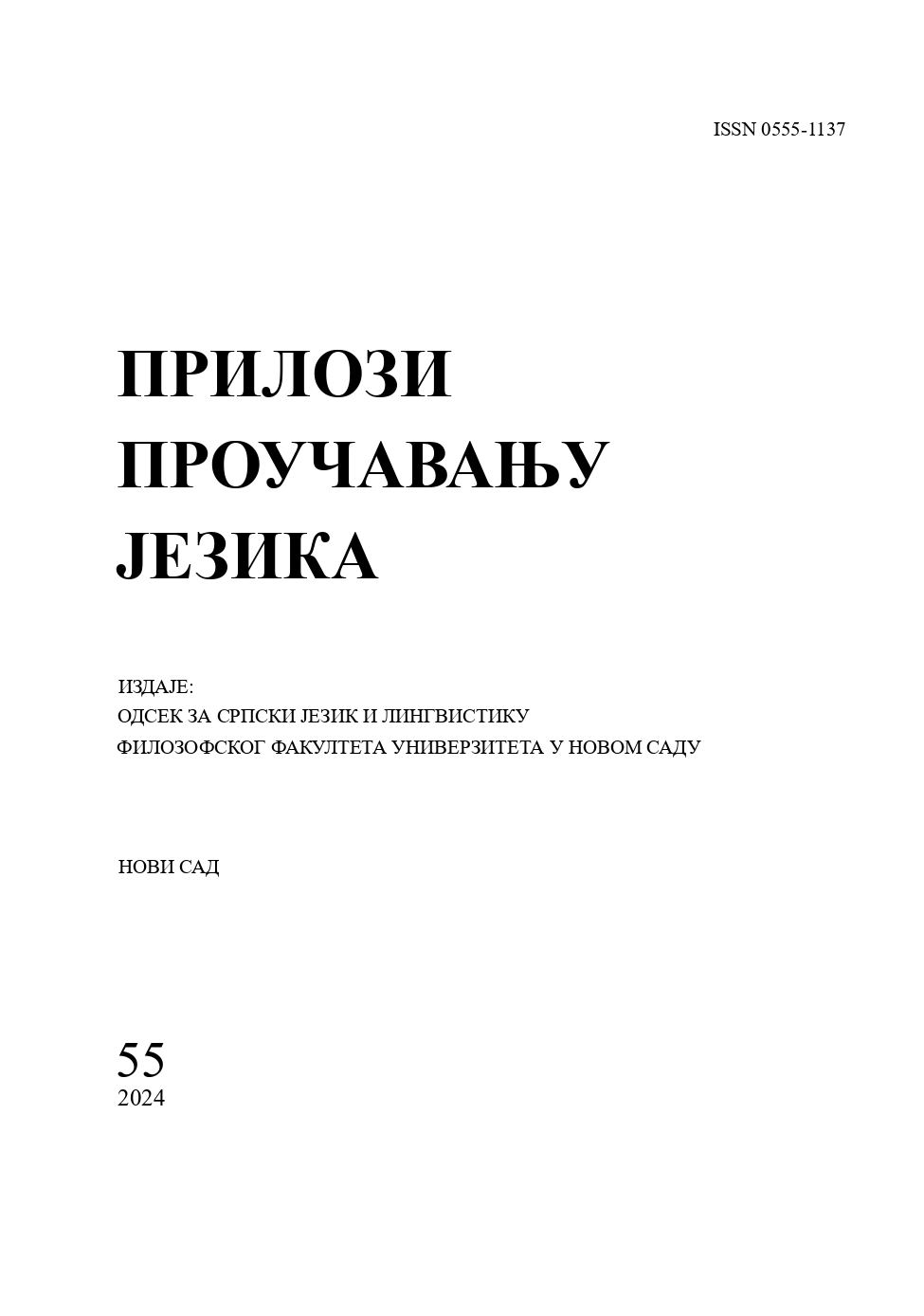UČENJE I USVAJANJE KOLOKACIJA U JEZIKU NAUKE (IZ PERSPEKTIVE SRPSKOG JEZIKA KAO STRANOG)
LEARNING AND ACQUIRING COLLOCATIONS IN THE LANGUAGE OF SCIENCE (FROM THE PERSPECTIVE OF SERBIAN AS A FOREIGN LANGUAGE)
Author(s): Jelena PerišićSubject(s): Foreign languages learning, South Slavic Languages, Philology
Published by: Филозофски факултет, Универзитет у Новом Саду
Keywords: collocations; Serbian as a foreign language; language learning; terminology; scientific functional style; linguistics; technical sciences
Summary/Abstract: The subject of this paper was collocations in the language of science and their acquisition by persons learning Serbian as a foreign language, with a particular focus on teaching the Serbian language at the university level and courses that educate future philologists and translators. The primary aim of the research was to improve the teaching of Serbian as a foreign language in the domain of collocations, which was attempted to be achieved by proposing texts and tasks but also by checking those tasks in practice. Firstly, we presented the theoretical framework of the problem and previous research in this domain. After that, we proposed several excerpts of scientific articles from the journals Zbornik Maticе srpskе za filologiju i lingvistiku (linguistics) and Te hnik a (technical sciences) and also tasks for acquiring and developing collocational competence. The next part of the paper consisted of an analysis of (wrong) answers given by students of Serbian philology at the Jagiellonian University in Krakow, based on which we have concluded the causes of difficulties, representing a guideline for further work on improving teaching in this domain.The results showed that collocational competence does not depend to a great extent on the level of knowledge of the language (provided that it is about levels from B2 onwards). Errors occur at all levels, caused by internal and external language interference, incorrect use of synonyms or hyperonyms/hyponyms, incorrect analogies, the inability to detect figurative meanings obtained in metaphorization, or an insufficient degree of differentiation of collocations concerning free compounds. The most significant difference between the levels was observed in the terminological units, i.e. understanding of individual lexemes and terminological collocations - better results were shown by students at higher levels. This data justifies the introduction of the terminological lexicon at high levels – C1 and C2, while materials for learning the general language and collocations within it are more suitable for levels up to B2.
Journal: Прилози проучавању језика
- Issue Year: 55/2024
- Issue No: 1
- Page Range: 195-212
- Page Count: 17
- Language: Serbian

